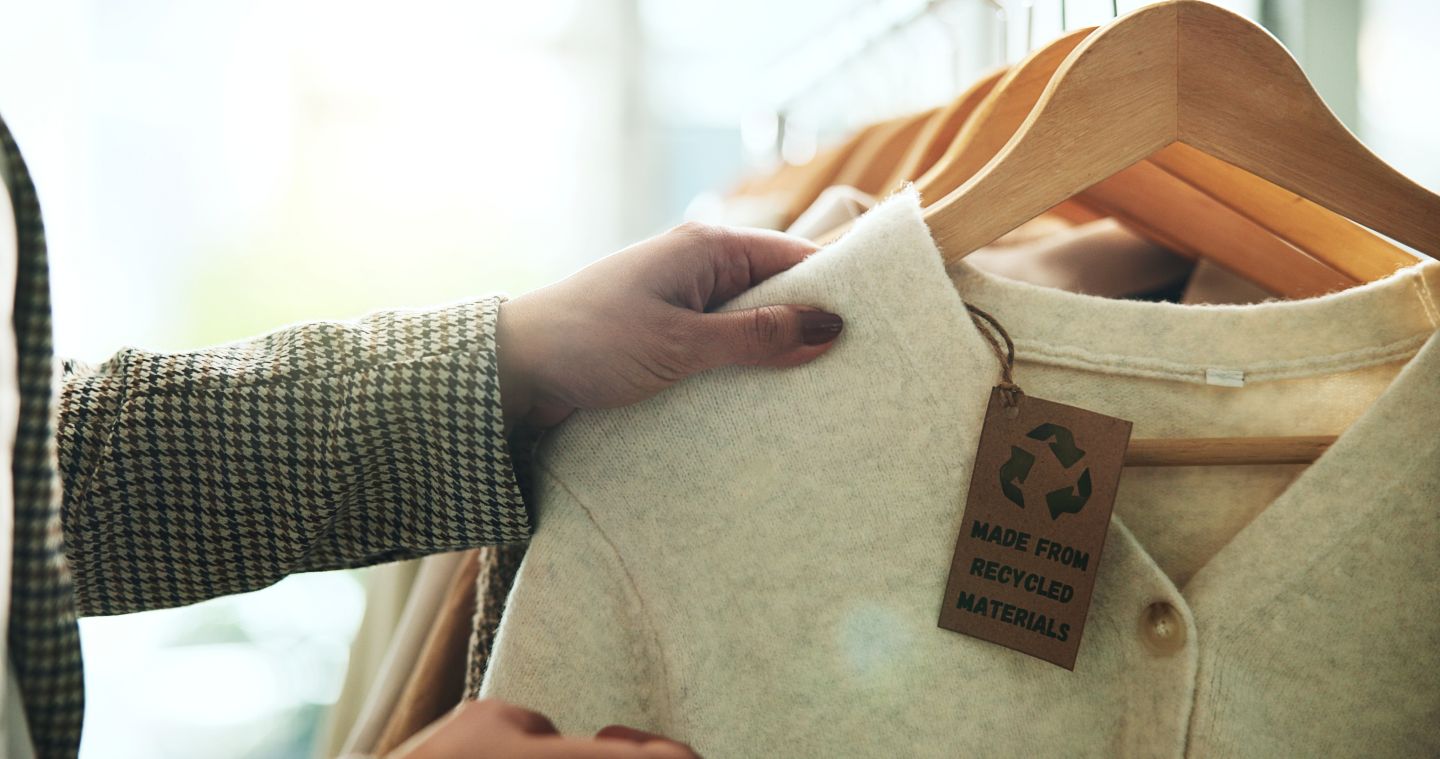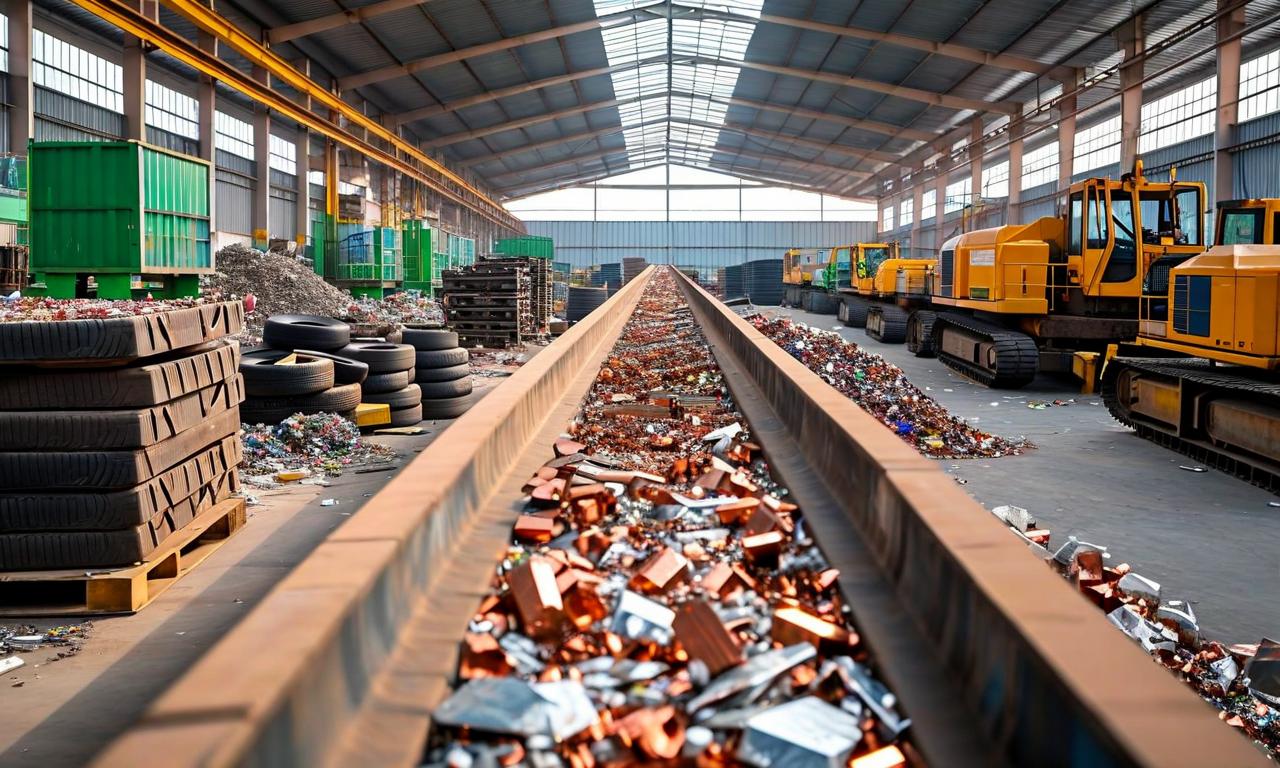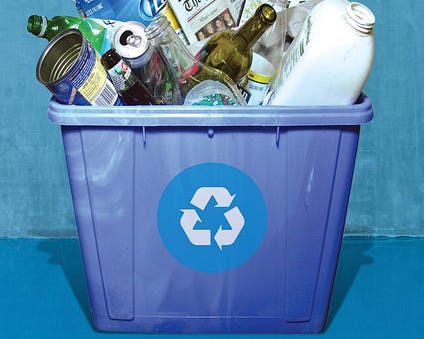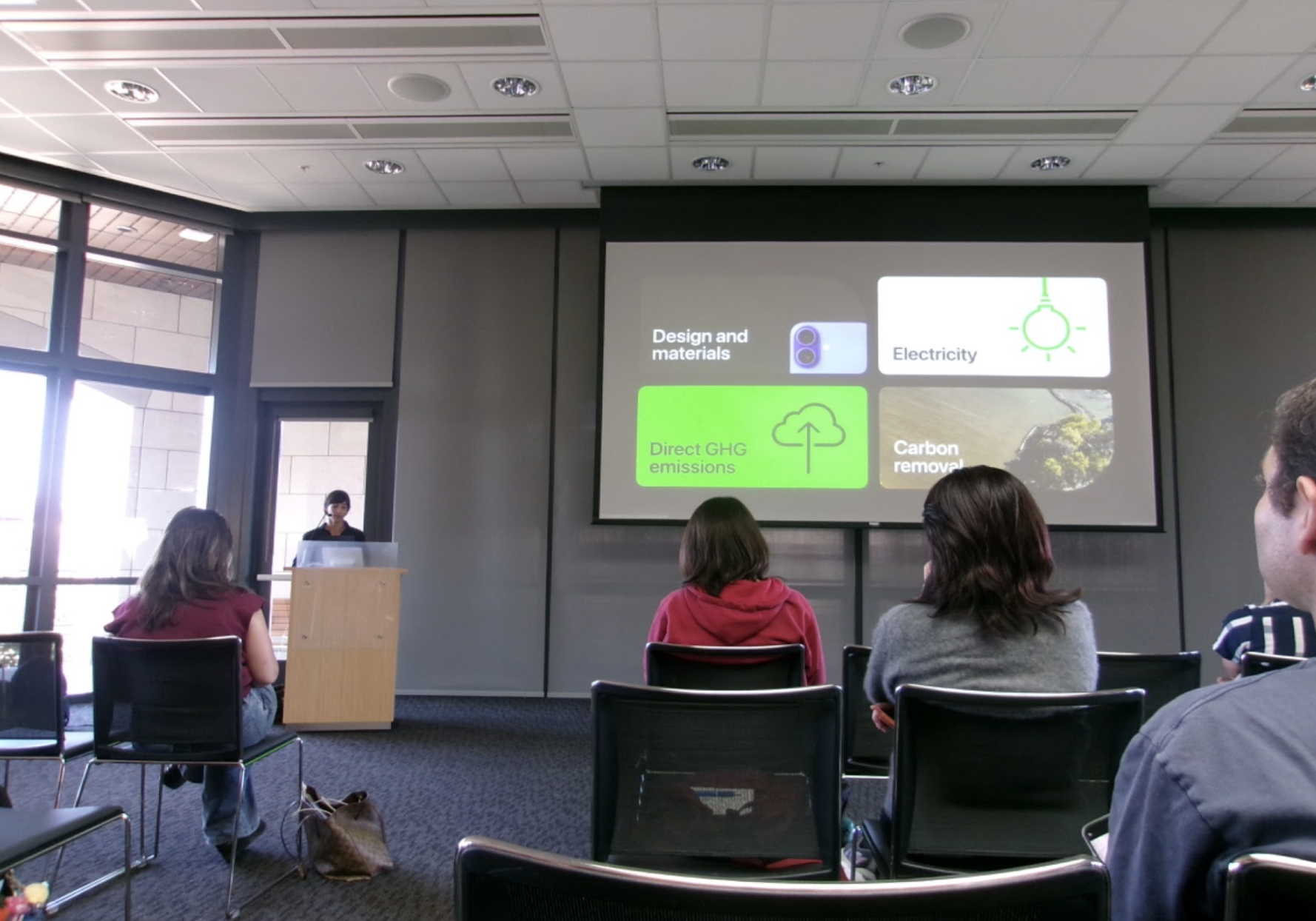The Role of Reverse Logistics in Advancing the Sustainable Development Goals
Reverse logistics is a critical operational framework for the circular economy, extending the value of goods and materials beyond their initial point of sale. This process is fundamental to achieving key United Nations Sustainable Development Goals (SDGs), particularly SDG 12 (Responsible Consumption and Production), by transforming waste streams into value streams. It encompasses all post-sale activities, including returns management, asset recovery, recycling, and responsible disposal, thereby minimizing environmental impact and fostering sustainable economic models.
Core Processes and Alignment with SDG Targets
The reverse logistics workflow is inherently more complex than forward logistics, as each recovered item may follow a unique path toward value reclamation. This multi-faceted process directly supports several SDGs.
The Reverse Logistics Workflow
- Product Recovery and Inspection: The initial stage involves collecting returned, excess, or end-of-life products from consumers, retailers, or distribution centers. Items are then inspected to determine their condition and potential for future use.
- Disposition and Triage: Based on inspection, a strategic decision is made for each item. This critical step determines whether an item will be resold, refurbished, recycled, or donated, directly influencing the efficiency of resource use as outlined in SDG 12.
- Refurbishment and Resale: Items suitable for reuse are cleaned, repaired, or refurbished and reintroduced into primary or secondary markets. This practice promotes economic growth and creates employment opportunities in repair and resale sectors, contributing to SDG 8 (Decent Work and Economic Growth).
- Recycling and Material Recovery: Products that cannot be resold are evaluated for material recovery. Components such as plastics, metals, and textiles are segregated and processed for use in new manufacturing, embodying the principles of circularity and responsible production (SDG 12).
- Donation and Community Support: Usable goods that are not commercially viable for resale are often donated to charitable organizations. This extends the product lifecycle and provides essential goods to communities, supporting SDG 11 (Sustainable Cities and Communities).
- Responsible Disposal: As a final measure, items that cannot be repurposed through any other channel are disposed of in an environmentally responsible manner, minimizing landfill waste and pollution.
Circularity in Action: Partnerships for the Goals (SDG 17)
Effective reverse logistics relies heavily on collaboration across the supply chain. These partnerships are a clear demonstration of SDG 17 (Partnerships for the Goals) and are essential for creating scalable, sustainable impact.
Case Studies in Collaborative Sustainability
- The Home Depot and Glad: In this industry partnership, The Home Depot collects used plastic stretch wrap from its operations and sells it to Glad. Glad then uses this recovered material to manufacture new trash bags. This closed-loop system exemplifies SDG 12 by diverting significant plastic waste from landfills and creating a new product from a post-consumer waste stream.
- The Home Depot and Good360: This collaboration between a corporation and a non-profit organization showcases a commitment to social responsibility. The Home Depot redirects surplus inventory that would otherwise be liquidated to Good360, which distributes the goods to communities in need. Troy Campbell, director of reverse logistics centers for The Home Depot, noted the importance of this model: “When one of our donation partners faces a shortage, we determine if there is product we can provide — often items that would otherwise be sold through our liquidation channels.” This initiative supports both SDG 11 by strengthening communities and SDG 12 by preventing usable goods from becoming waste.
Technological Enablement for Enhanced Sustainability
Technology is a crucial enabler for optimizing reverse logistics and maximizing its contribution to the SDGs. Data analytics, automation, and artificial intelligence are transforming the efficiency and effectiveness of reverse supply chains.
Data-Driven and Automated Systems
- Digital Platforms: Online marketplaces and specialized software platforms automate the resale of returned and refurbished goods, creating efficient secondary markets that support SDG 8 by generating economic value from recovered assets.
- Automation and Robotics: Robotic systems are increasingly used for sorting and handling returned items, improving processing speed and accuracy. This allows for more efficient segregation of materials for recycling and refurbishment.
- Artificial Intelligence (AI): AI-powered systems enhance decision-making by predicting return volumes, identifying the most profitable resale channels, and forecasting material recovery yields. This optimization directly contributes to the resource efficiency goals of SDG 12.
Analysis of the Article in Relation to Sustainable Development Goals
1. Which SDGs are addressed or connected to the issues highlighted in the article?
The article on reverse logistics and the circular economy directly addresses or connects to several Sustainable Development Goals (SDGs). The core themes of waste reduction, resource recovery, sustainable industrial practices, and partnerships are central to the SDG framework. The following SDGs are most relevant:
- SDG 8: Decent Work and Economic Growth: The article discusses how reverse logistics generates economic value from returned and surplus goods, contributing to economic growth. It mentions creating revenue from secondary markets and liquidation, which supports economic activity.
- SDG 9: Industry, Innovation, and Infrastructure: The article highlights the role of technology, automation, and Artificial Intelligence (AI) in optimizing reverse logistics. This aligns with the goal of building resilient infrastructure and fostering innovation by upgrading industrial processes to be more sustainable and efficient.
- SDG 11: Sustainable Cities and Communities: By diverting waste from landfills and managing surplus goods through donation, reverse logistics contributes to more sustainable waste management in communities. The partnership between The Home Depot and Good360, which distributes goods to communities in need, directly supports this goal.
- SDG 12: Responsible Consumption and Production: This is the most central SDG addressed in the article. The entire concept of reverse logistics—including refurbishment, recycling, reuse, and responsible disposal—is a practical application of establishing sustainable production and consumption patterns and is the cornerstone of a circular economy.
- SDG 17: Partnerships for the Goals: The article explicitly emphasizes the importance of collaboration. It provides examples of partnerships between corporations (The Home Depot, Glad), non-profits (Good360), and other entities (recyclers, liquidators) to achieve sustainability goals, which is the essence of SDG 17.
2. What specific targets under those SDGs can be identified based on the article’s content?
Based on the article’s discussion of reverse logistics practices, several specific SDG targets can be identified:
- Target 12.2: By 2030, achieve the sustainable management and efficient use of natural resources.
- The article describes how reverse logistics recovers materials like plastics, metals, and textiles for use in new manufacturing processes. The example of The Home Depot selling used plastic stretch wrap to Glad to make new trash bags is a direct illustration of the efficient reuse of resources.
- Target 12.5: By 2030, substantially reduce waste generation through prevention, reduction, recycling and reuse.
- This target is at the core of the article. The entire process described—from refurbishing items for resale to recycling materials and donating unsellable goods—is aimed at reducing the amount of waste sent to landfills. The article states that this process “diverts plastic waste from landfills.”
- Target 9.4: By 2030, upgrade infrastructure and retrofit industries to make them sustainable, with all countries taking action in accordance with their respective capabilities, through increased resource-use efficiency and greater adoption of clean and environmentally sound technologies and industrial processes.
- The article’s section “Technology as an enabler” details how automation, AI, and robotics are used to “streamline reverse logistics operations.” This points to the adoption of advanced technologies to make industrial processes like logistics more sustainable and efficient.
- Target 11.6: By 2030, reduce the adverse per capita environmental impact of cities, including by paying special attention to air quality and municipal and other waste management.
- Reverse logistics directly addresses the “waste management” component of this target. By creating channels for reuse, recycling, and donation, it reduces the burden on municipal waste systems and landfills.
- Target 17.17: Encourage and promote effective public, public-private and civil society partnerships, building on the experience and resourcing strategies of partnerships.
- The article highlights that “collaboration is key” and provides concrete examples of partnerships, such as The Home Depot’s work with Glad (private-private) and Good360 (private-nonprofit), to achieve circular economy goals.
3. Are there any indicators mentioned or implied in the article that can be used to measure progress towards the identified targets?
While the article does not provide specific quantitative data, it mentions or implies several indicators that could be used to measure progress towards the identified SDG targets:
- Amount of waste diverted from landfills (Indicator for Target 12.5): The article explicitly mentions that The Home Depot’s partnership with Glad “diverts plastic waste from landfills.” This volume could be measured in tons to track progress.
- Volume of materials recycled (Indicator for Target 12.5): The text states that materials like “plastics, metals and textiles can often be collected, sorted and sold for use in manufacturing processes.” The quantity of these materials successfully recycled is a direct measure of progress.
- Percentage of recycled content in new products (Indicator for Target 12.2): The example of Glad using recycled plastic to “manufacture new trash bags” implies this indicator. Measuring the proportion of recycled material in end products demonstrates the successful closing of material loops.
- Revenue recovery rate (Indicator for Target 8.2): The quote from Mary Cho mentions achieving “higher the revenue recovery” by getting closer to end buyers. This financial metric indicates the economic efficiency and viability of reverse logistics operations.
- Volume of goods donated (Indicator for Target 11.6 & 12.5): The article describes how The Home Depot “redirects” inventory to Good360’s network to support communities. The quantity or value of these donated goods is a measurable indicator of both social impact and waste prevention.
- Number of cross-sector partnerships established (Indicator for Target 17.17): The article emphasizes collaboration and names specific partnerships. Tracking the number and effectiveness of such partnerships between businesses, recyclers, and non-profits would serve as an indicator for this target.
4. Table of SDGs, Targets, and Indicators
| SDGs | Targets | Indicators (Identified in the Article) |
|---|---|---|
| SDG 12: Responsible Consumption and Production | 12.5: Substantially reduce waste generation through prevention, reduction, recycling and reuse. | Amount of waste diverted from landfills (e.g., plastic stretch wrap); Volume of materials recycled (plastics, metals, textiles); Volume of goods donated instead of disposed. |
| SDG 12: Responsible Consumption and Production | 12.2: Achieve the sustainable management and efficient use of natural resources. | Percentage of recycled content used in new products (e.g., Glad trash bags made from recycled plastic). |
| SDG 9: Industry, Innovation, and Infrastructure | 9.4: Upgrade infrastructure and retrofit industries to make them sustainable… through greater adoption of… environmentally sound technologies. | Adoption of technologies like AI, robotics, and automation platforms to streamline reverse logistics operations. |
| SDG 17: Partnerships for the Goals | 17.17: Encourage and promote effective public, public-private and civil society partnerships. | Number of cross-sector partnerships formed (e.g., The Home Depot with Glad and Good360). |
| SDG 11: Sustainable Cities and Communities | 11.6: Reduce the adverse per capita environmental impact of cities, including… waste management. | Amount of surplus goods redistributed to communities in need, reducing municipal waste. |
| SDG 8: Decent Work and Economic Growth | 8.2: Achieve higher levels of economic productivity through… technological upgrading and innovation. | Revenue recovery rate from the resale of returned or refurbished goods. |
Source: nrf.com






